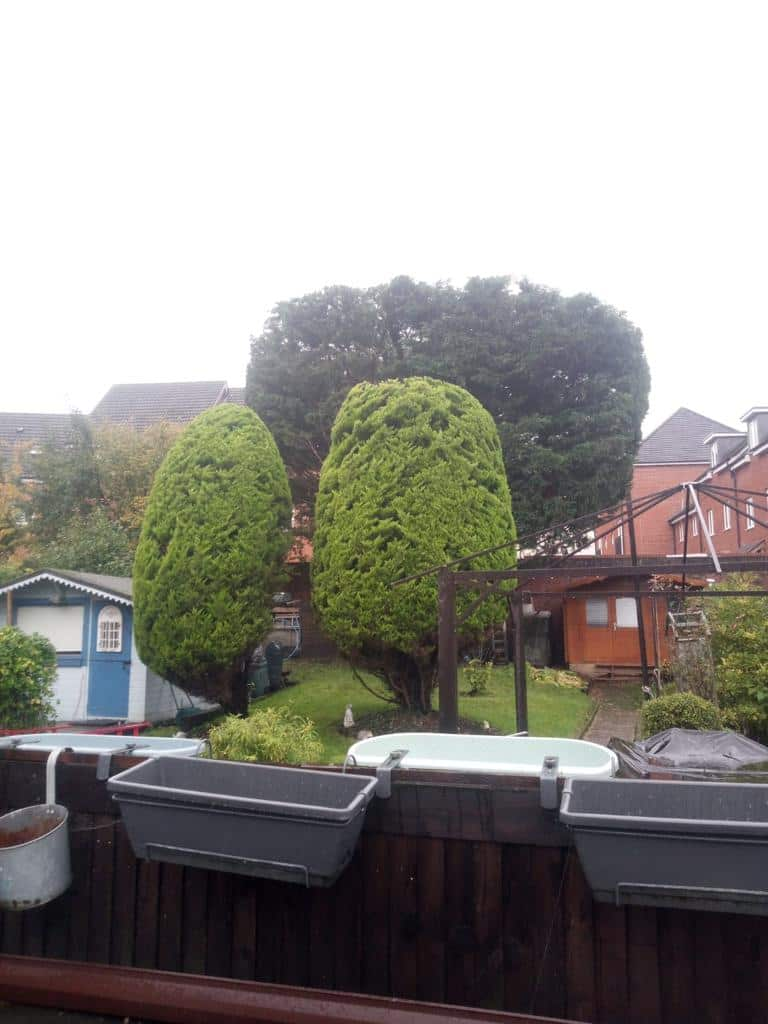When a tree is removed from your garden, the leftover stump can present both an aesthetic and practical challenge. Homeowners often find themselves weighing their options for stump removal, with two popular methods being stump grinding and chemical removal. At NS Tree Surgery Egham, we understand the importance of making the right choice for your garden. In this blog post, we’ll compare stump grinding and chemical removal, helping you determine which method is best suited for your needs.
1. What is Stump Grinding?
Stump grinding involves using a specialised machine to mechanically grind the stump down to below ground level. This process turns the stump into small wood chips, which can be left on-site for mulch or removed entirely. Stump grinding is a quick and efficient method of stump removal.
Benefits of Stump Grinding:
- Immediate Results: The stump is removed on the spot, allowing you to use the area for replanting or landscaping right away.
- Minimal Disruption: The process is quick, typically taking only a few hours, and causes minimal disturbance to the surrounding soil and vegetation.
- Safety: Removing the stump eliminates potential tripping hazards and prevents pests from nesting in the decaying wood.
2. What is Chemical Removal?
Chemical removal involves applying a specialised chemical solution to the stump to accelerate its decomposition. This method usually requires drilling holes into the stump and filling them with a chemical agent, which helps break down the wood over time.
Benefits of Chemical Removal:
- Cost-Effective: Chemical removal can be less expensive than stump grinding, especially for larger stumps or multiple stumps.
- No Heavy Machinery Required: This method can be done without heavy equipment, making it suitable for areas with limited access.
- Environmental Benefits: If you prefer a more natural approach, chemical removal allows the stump to decompose naturally, contributing to the soil.
3. Comparing Effectiveness
When it comes to effectiveness, stump grinding offers immediate results, making it the preferred choice for homeowners who want to reclaim their garden space quickly. The grinding process removes the stump entirely, leaving no remnants behind. In contrast, chemical removal can take several months to a year to fully decompose the stump, making it a slower option.
Why It Matters: If you need a quick solution or plan to use the area for other landscaping purposes, stump grinding is the more efficient method. Chemical removal may be more suitable for those who are not in a hurry and prefer a less invasive approach.
4. Impact on the Garden
Stump grinding generally causes minimal disturbance to the surrounding garden. The grinding process leaves the soil ready for replanting, and the wood chips can be used as mulch to enrich the garden. On the other hand, chemical removal can impact the soil in the immediate vicinity as the chemicals break down the wood, potentially affecting nearby plants.
Why It Matters: If you’re concerned about preserving your garden’s health and aesthetics, stump grinding provides a more garden-friendly solution with immediate benefits.
5. Environmental Considerations
While both methods have their pros and cons, environmental impact is a significant factor. Stump grinding has a minimal environmental footprint, especially if the wood chips are recycled as mulch. Chemical removal, while potentially effective, raises concerns about the chemicals used and their impact on the soil and surrounding flora.
Why It Matters: If you prioritise eco-friendliness, consider the long-term effects of chemical solutions on your garden’s health. Stump grinding offers a more sustainable option by utilising natural materials.
Conclusion
Choosing between stump grinding and chemical removal depends on your specific needs and circumstances. If you require immediate results and minimal disruption to your garden, stump grinding is likely the best option. On the other hand, if you’re looking for a cost-effective and natural approach, chemical removal may be suitable, although it requires patience.
Call us on: 01344 951 395
Click here to find out more about NS Tree Surgery Egham
Click here to complete our contact form and see how we can help with your tree needs.

